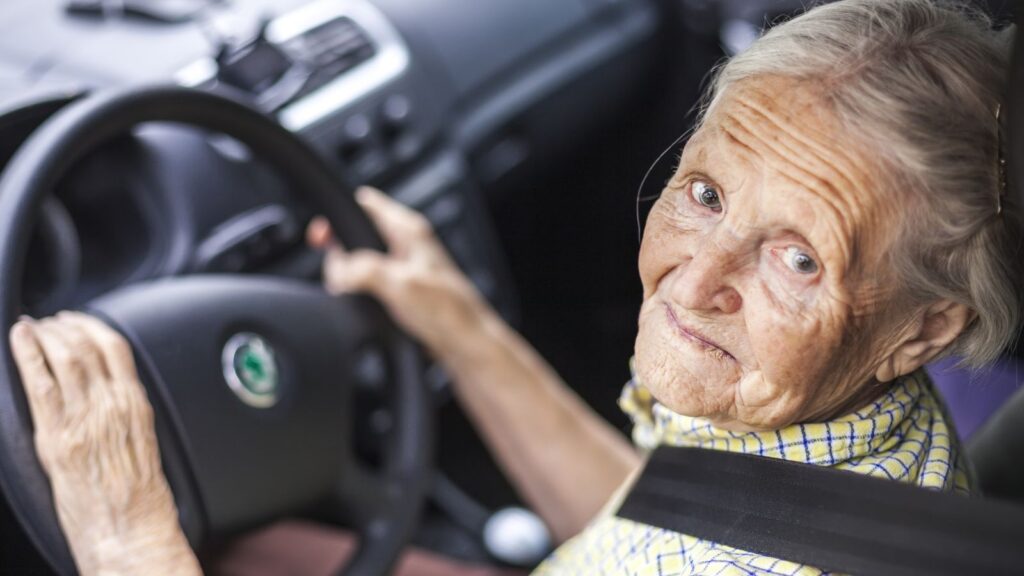Wouldn’t it be great if your dog could tell you how it feels? After thousands of years of domestication, these animals have become our closest friends. While we can train canines to do tricks and perform life-saving actions, talking isn’t on the list. Our pups may not be able to speak, but they are excellent communicators. By paying attention to your beloved pooch, you’ll know when it’s happy. And, you’ll spot the warning signs that something may be wrong.
Energetic Tail Wagging
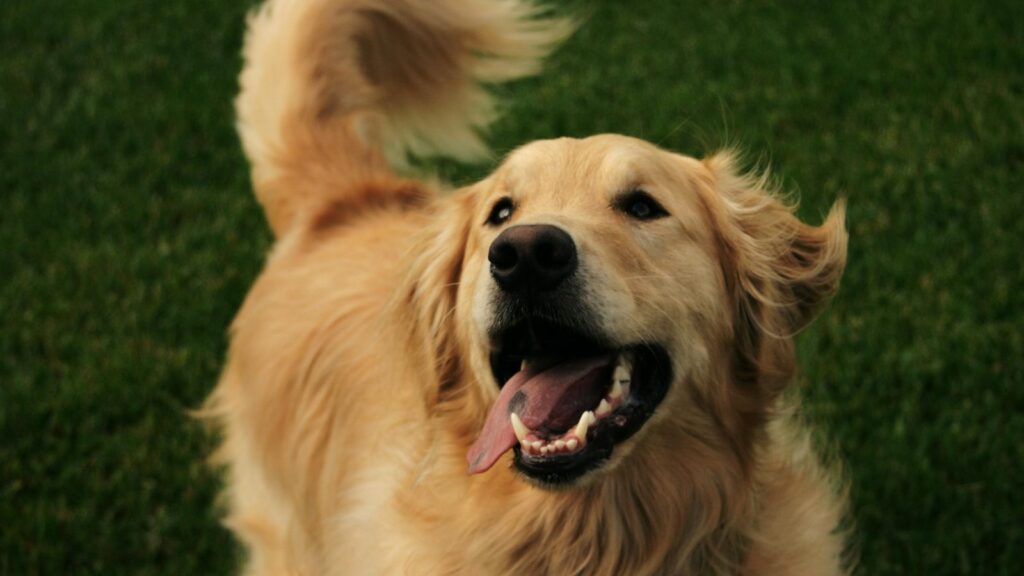
Keeping an eye on your pet’s tail is a great way of interpreting its mood. A wagging tail, especially to the right, is one of the most recognizable signs of a happy dog. A content pup may wobble around with its tail in a neutral, relaxed position. Likewise, if your pet wags their tail towards the left or holds it straight and stiff, it shows nervousness and anxiety.
Loves Meal Times
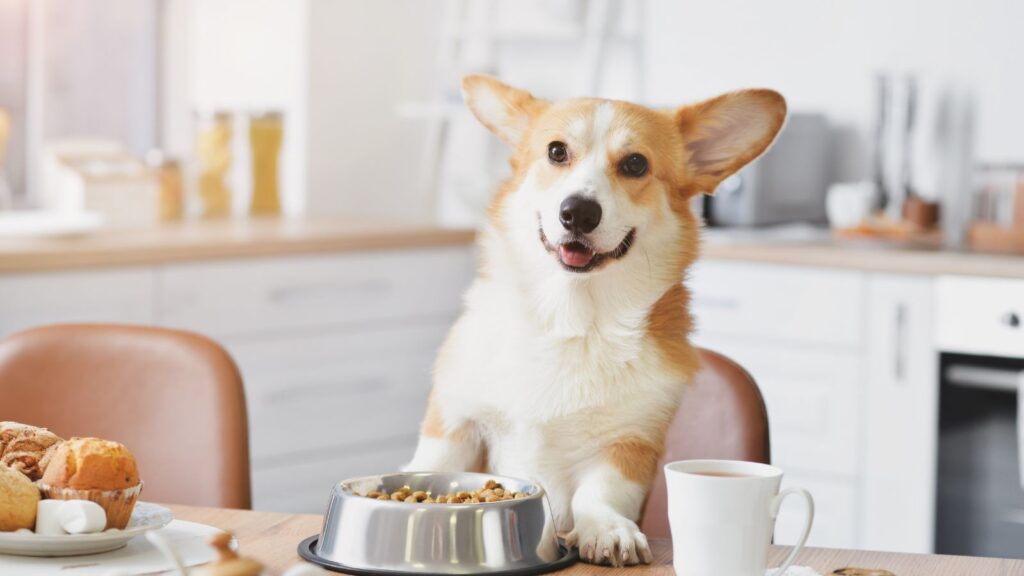
There’s a reason treats are indispensable when training puppies. A happy pooch with a healthy appetite may jump around while you’re preparing its meal and eat without fuss. Refusing to eat could be a sign of stress, but it might also show boredom with the usual grub.
No Visible Tension
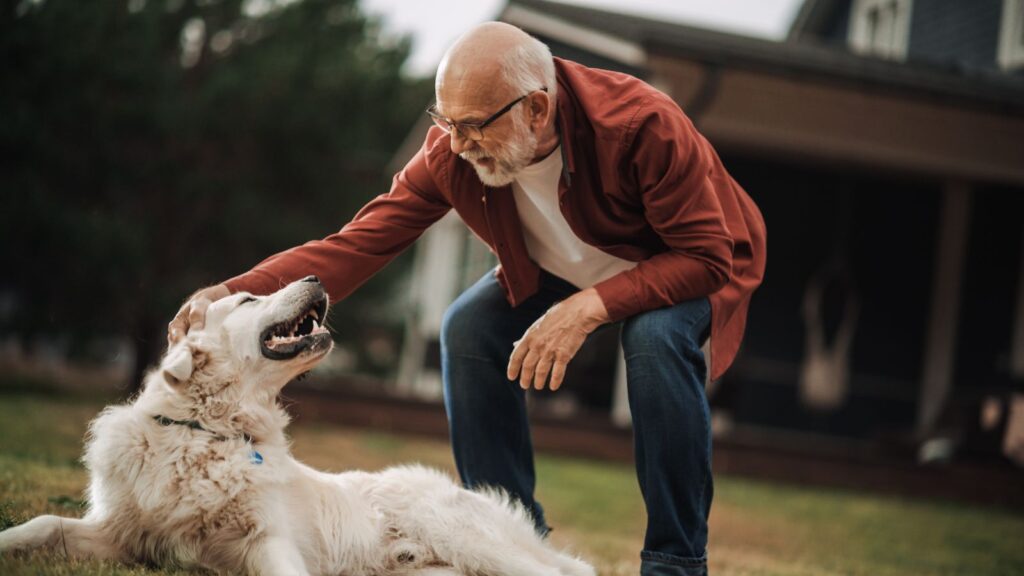
Your pet’s body language tells you how it’s feeling. Happy dogs boast a soft gaze, and their foreheads are free from wrinkles. Floppy ears, not pointed forward, are another sign of a carefree pup.
It “Smiles” at You
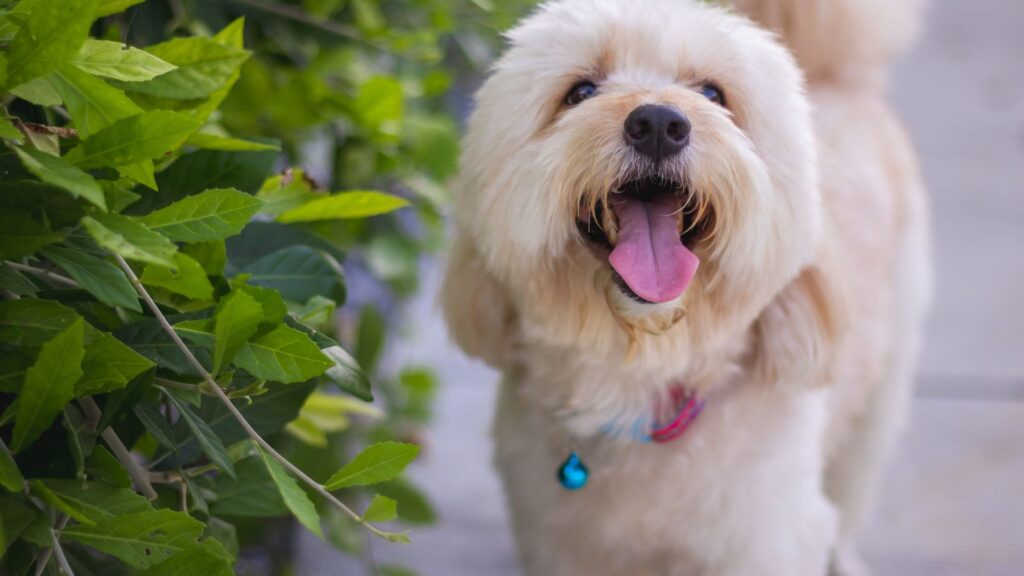
While canines don’t have the facial muscles to smile like a human, their muzzles can still show joy. A happy dog’s mouth is slightly open without exposing teeth. When your pup is panting with its tongue far out, it’s likely hot and not feeling exuberant.
Wants to Play
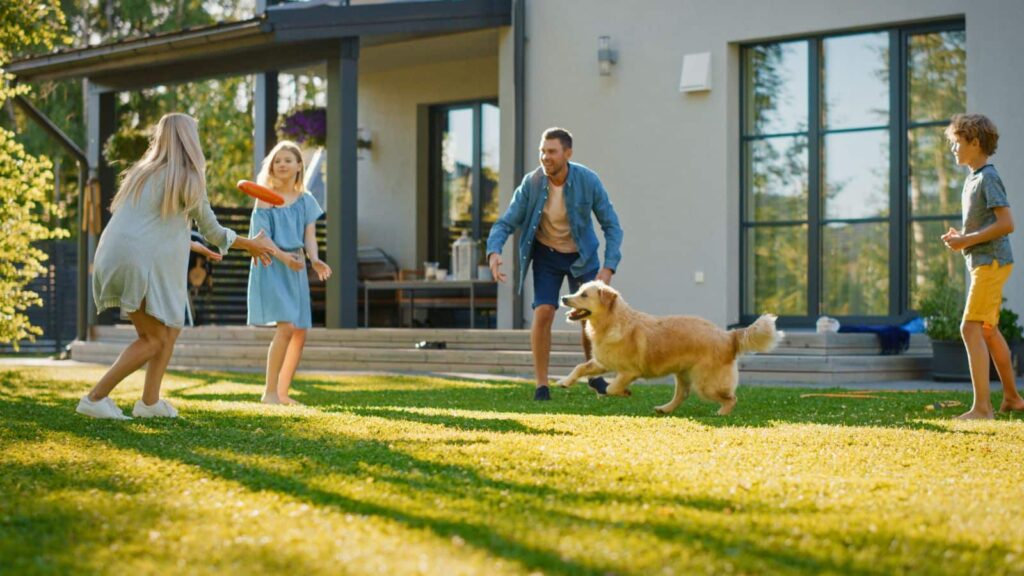
Most people wouldn’t feel like playing when feeling sad. This also applies to our favorite companions. Happy dogs will get into the play stance. They will be receptive when you start a game and bring you toys when in the mood for rough and tumble.
Asks for Belly Rubs
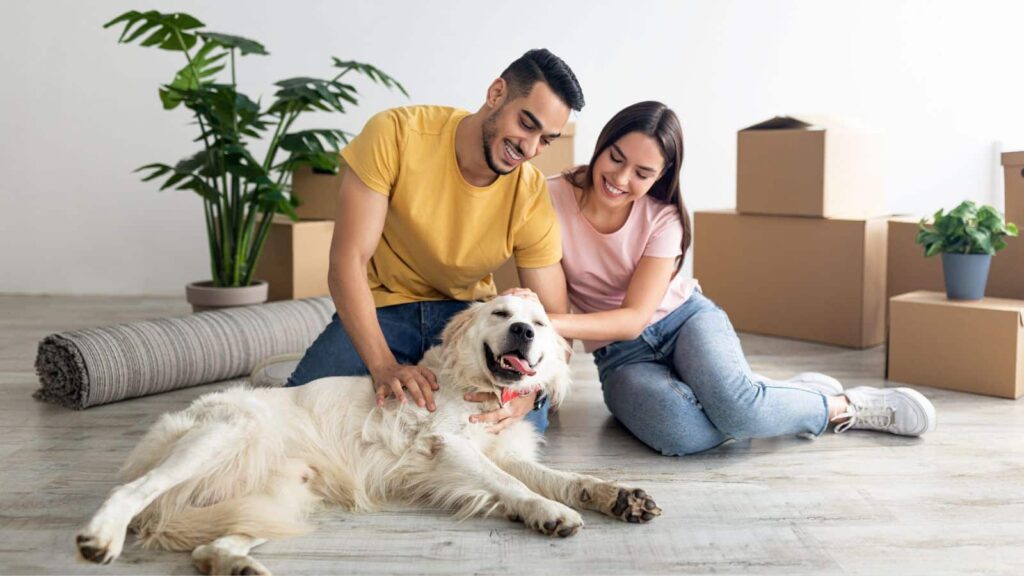
The tummy is one of the most vulnerable parts of a dog’s body. Your pet getting close to you and asking for rubs shows how much it trusts you. But dogs can also lie on their backs to show submission or fear. Make sure you also pay attention to your furry friend’s body language.
Happy to Snuggle
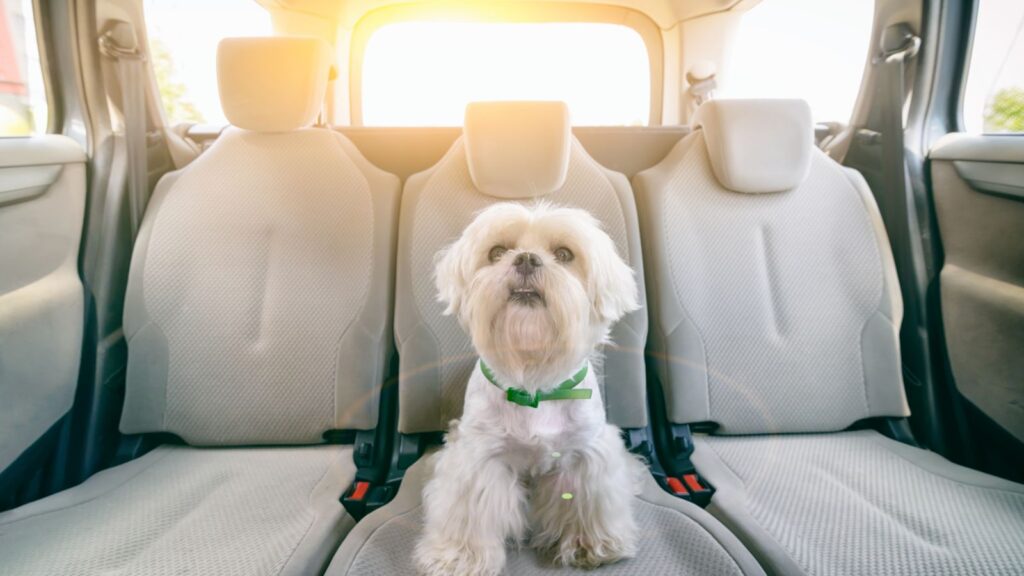
When your pooch is living a carefree life where all its needs are met, it’s more than happy to show affection. You can expect a content dog to lick you, lean on you, or curl up in a ball as it cuddles right into you. While pups don’t understand snuggles the same way humans do, some tolerate them.
Excited About Walkies
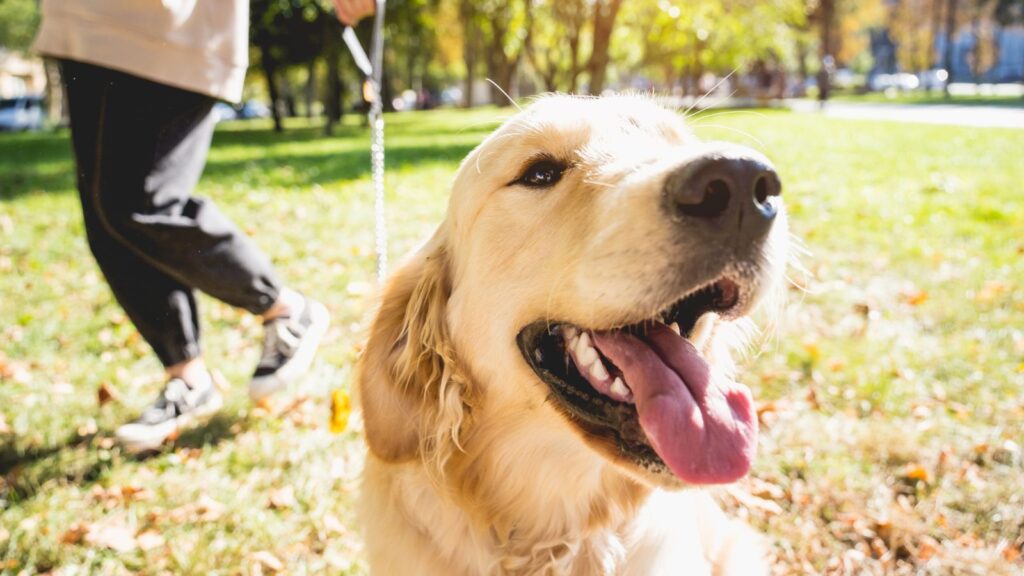
The mere mention of words such as “outside” or “walk” can cause a dog to jump for joy while wagging its tail. Some pups may respond the same if you touch their leash or put your shoes on. If your pet stops enjoying your regular walk, it could be a sign it’s feeling discomfort.
Listens to You

Obedience doesn’t equal happiness. But a happy dog is more likely to listen and obey you. If your best friend ignores you or cowers when you try to get its attention, it may be stressed or uncomfortable.
Happy to See You
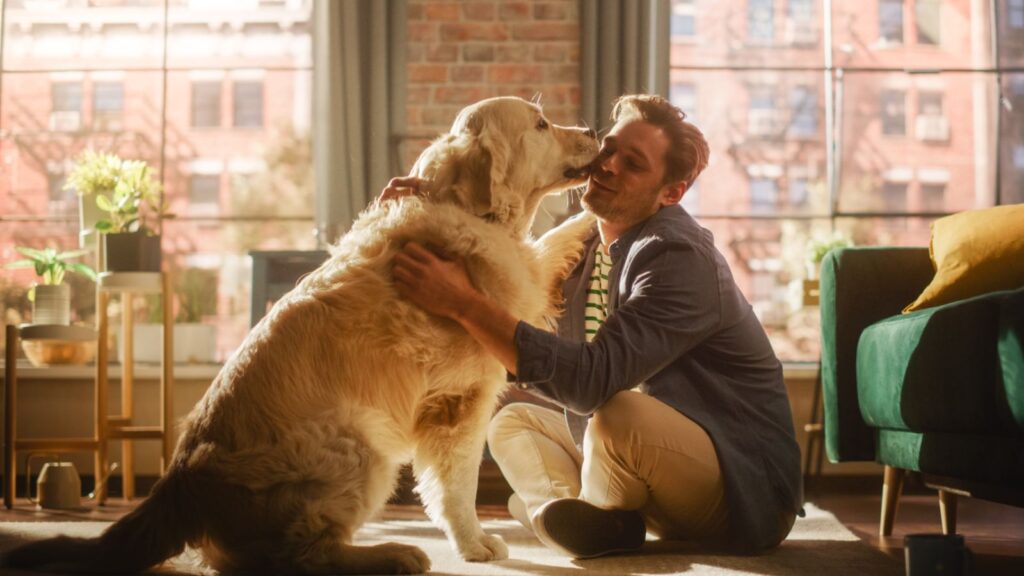
Dogs are known for their unconditional love towards their owners. Happy dogs know how to express those warm and fuzzy feelings. There’s no better welcome home after a long day at work than having your excited pooch greet you at the door.
You Have a Shadow
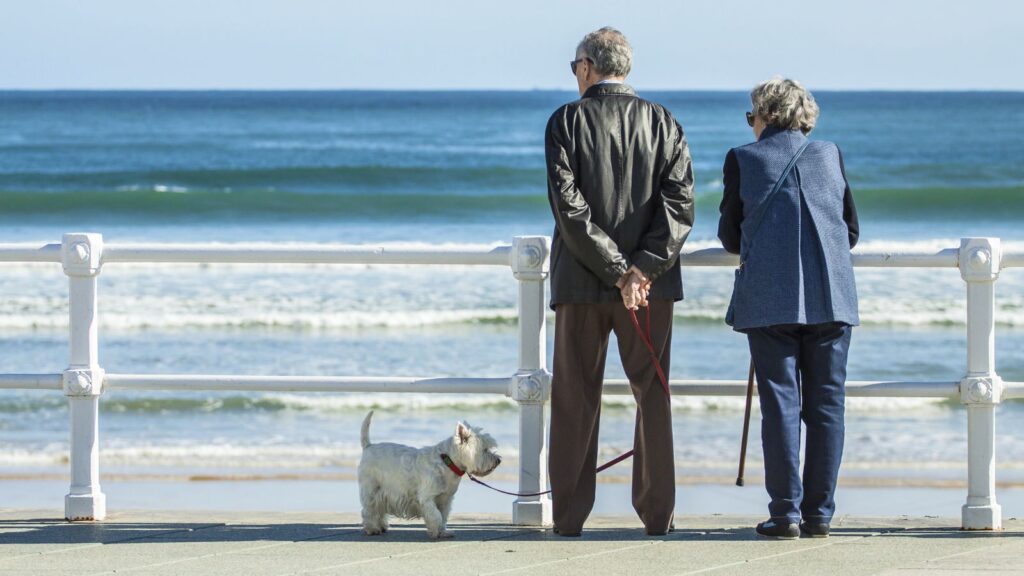
New dog owners might find this strange. But following their people around the house is how they show love. If you’re not keen on a furry shadow, you should be able to train this behavior out of your pet.
Healthy-Looking Coat
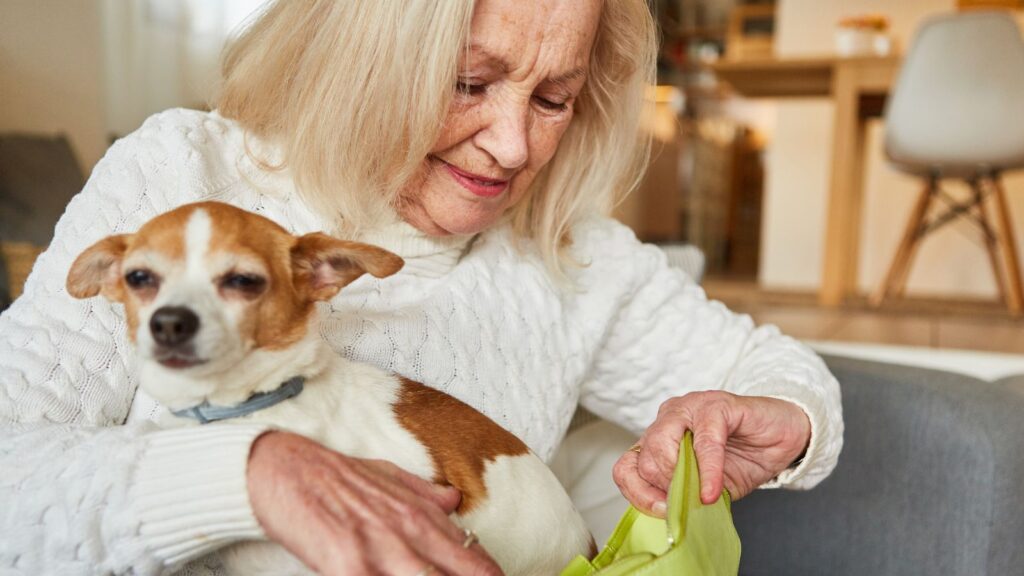
When a dog is content and well-cared for, the condition of their fur tends to show it. A pup with a clean, shiny coat likely gets the right nutrients. It also gets proper grooming and enough exercise. Stress and poor diet can lead to dull, brittle fur and excessive shedding.
Loves Meeting Other People and Dogs
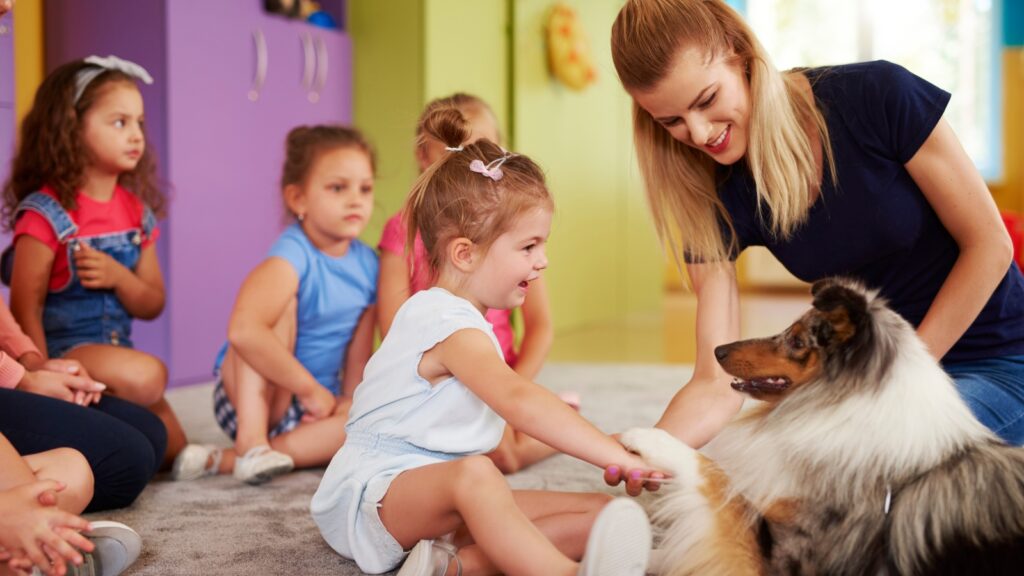
Well-socialized dogs are confident and curious about their environment. When your dog acts friendly and eager to engage with others, it’s a sign it feels safe.
Excessive Vocalizing
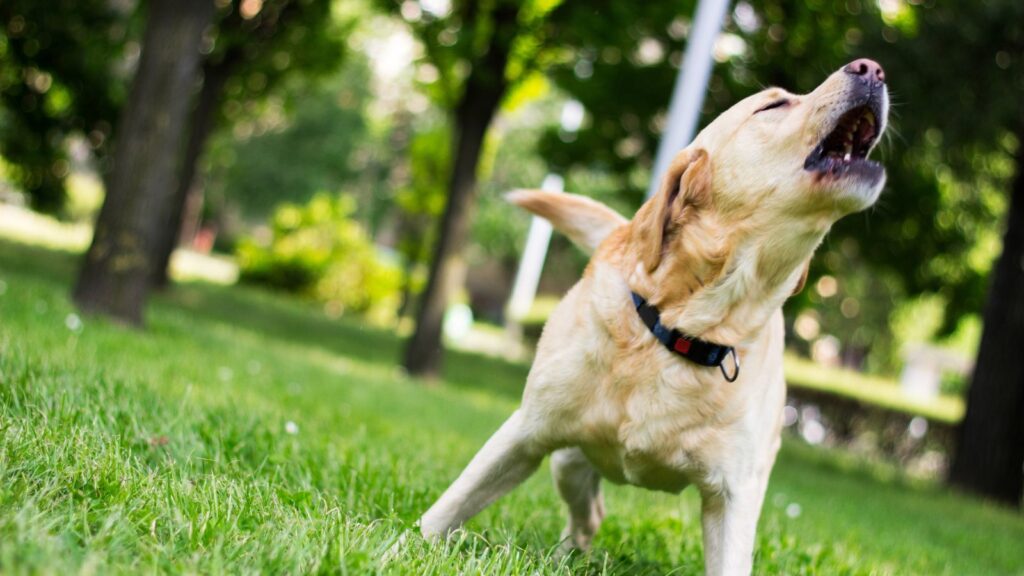
Dogs feeling pain, stress, and anxiety can vocally express these emotions. A stressed or scared pet may whine or whimper when something triggers its anxiety. Your pup might even suddenly begin to bark and growl. This happens when it faces something that upsets it, like the sound of fireworks.
Sudden Aggression
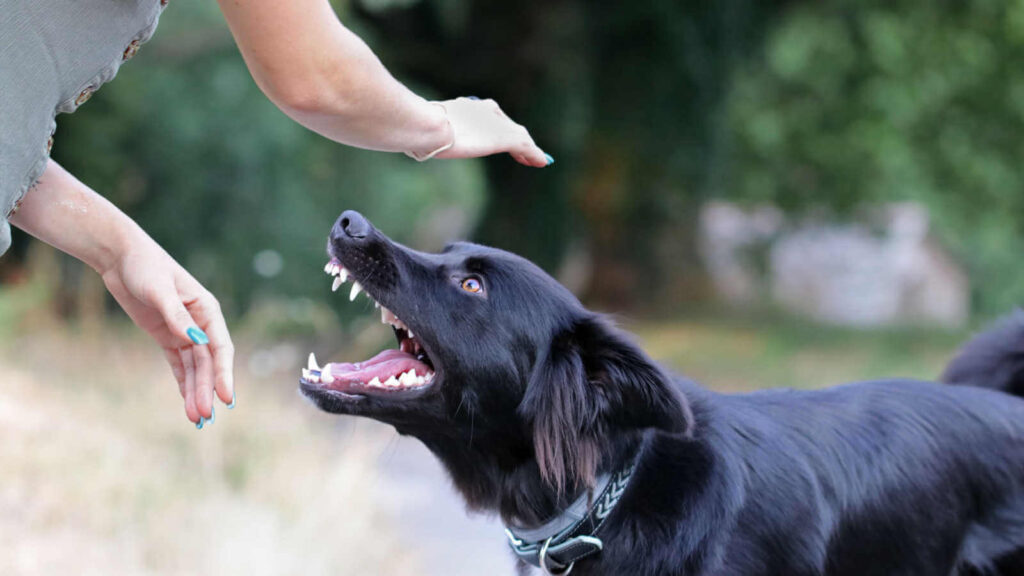
Having your sweet-natured, loving four-legged friend snap at you out of nowhere can be frightening. But even the most easygoing animals become aggressive when injured or under extreme stress. You should get professional advice if your dog starts growling, showing teeth, or otherwise showing signs of mistrust. For example, side-eying when you approach.
Indoor Accidents

Accidents happen and can affect most dogs. Your pooch has most likely regressed on their house training and needs a refresher. Indoor soiling could be a sign of excitement (yes, some dogs “happy pee”). It may also happen when your pup feels scared or stressed. If it becomes a persistent problem, you need to visit your vet and rule out medical causes such as a urinary tract infection.
Lethargy
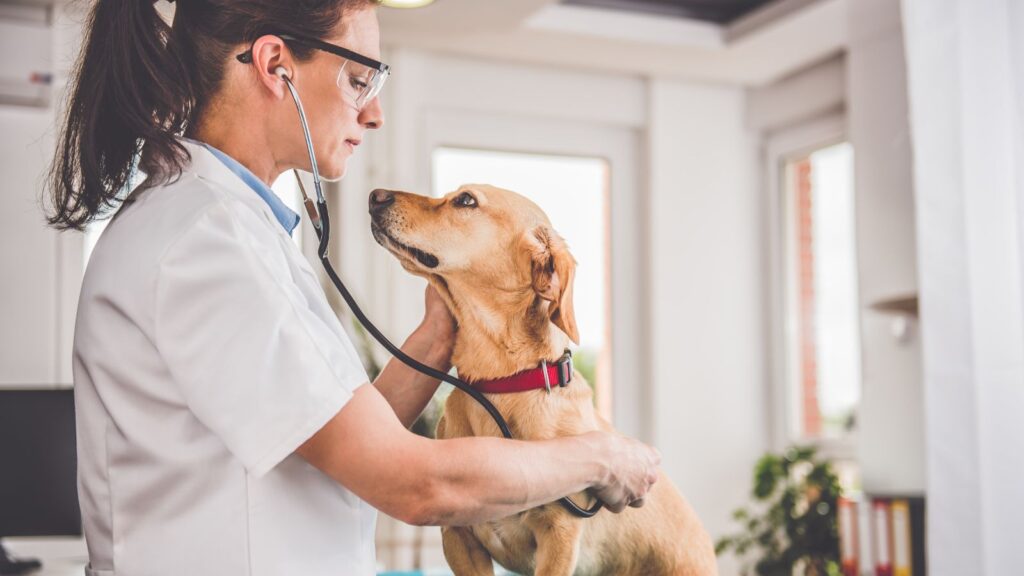
Like people, dogs can also experience mental health struggles. Signs of depression include a lack of interest in activities it used to love, poor appetite, and a lack of energy. Persistent lethargy could also signal a medical issue. Schedule a vet appointment as soon as you notice your pup’s mood change.
Destructive Behaviors

Most experienced dog owners know that no household item is safe from teething puppies. But if your dog continues to destroy shoes and furniture well into adulthood, something’s wrong. Destructive behavior can signal stress, anxiety, or underlying medical issues.
19 Grim Realities of Dating After 50 That Are Often Overlooked

19 Grim Realities of Dating After 50 That Are Often Overlooked
26 Things That Will Be Extinct Because Millennials Refuse to Buy Them

26 Things That Will Be Extinct Because Millennials Refuse to Buy Them
24 Outdated Slang Terms You Absolutely Shouldn’t Be Using Anymore

24 Outdated Slang Terms You Absolutely Shouldn’t Be Using Anymore
25 Hardest Parts About Getting Older That No One Ever Talks About

25 Hardest Parts About Getting Older That No One Ever Talks About



